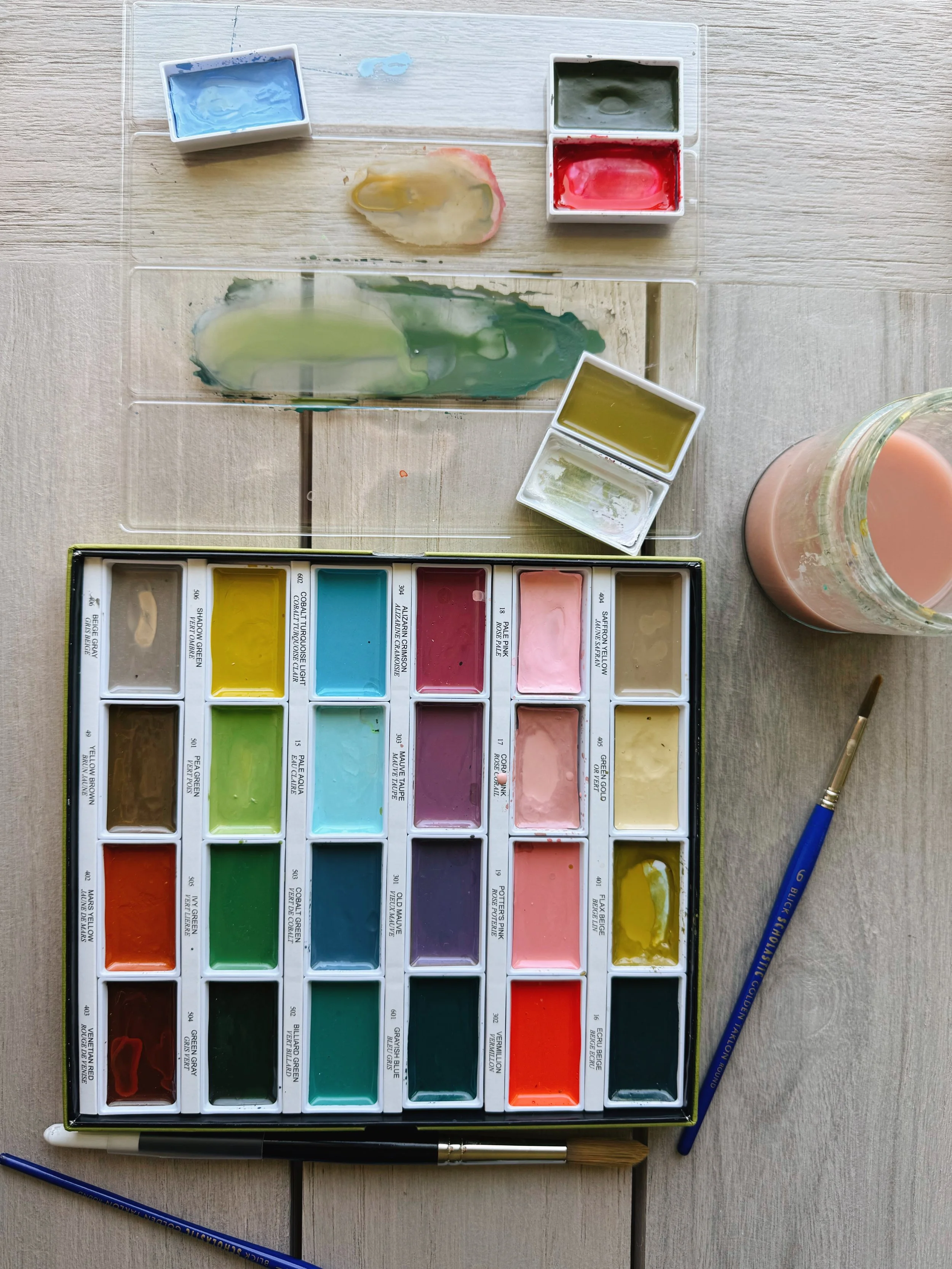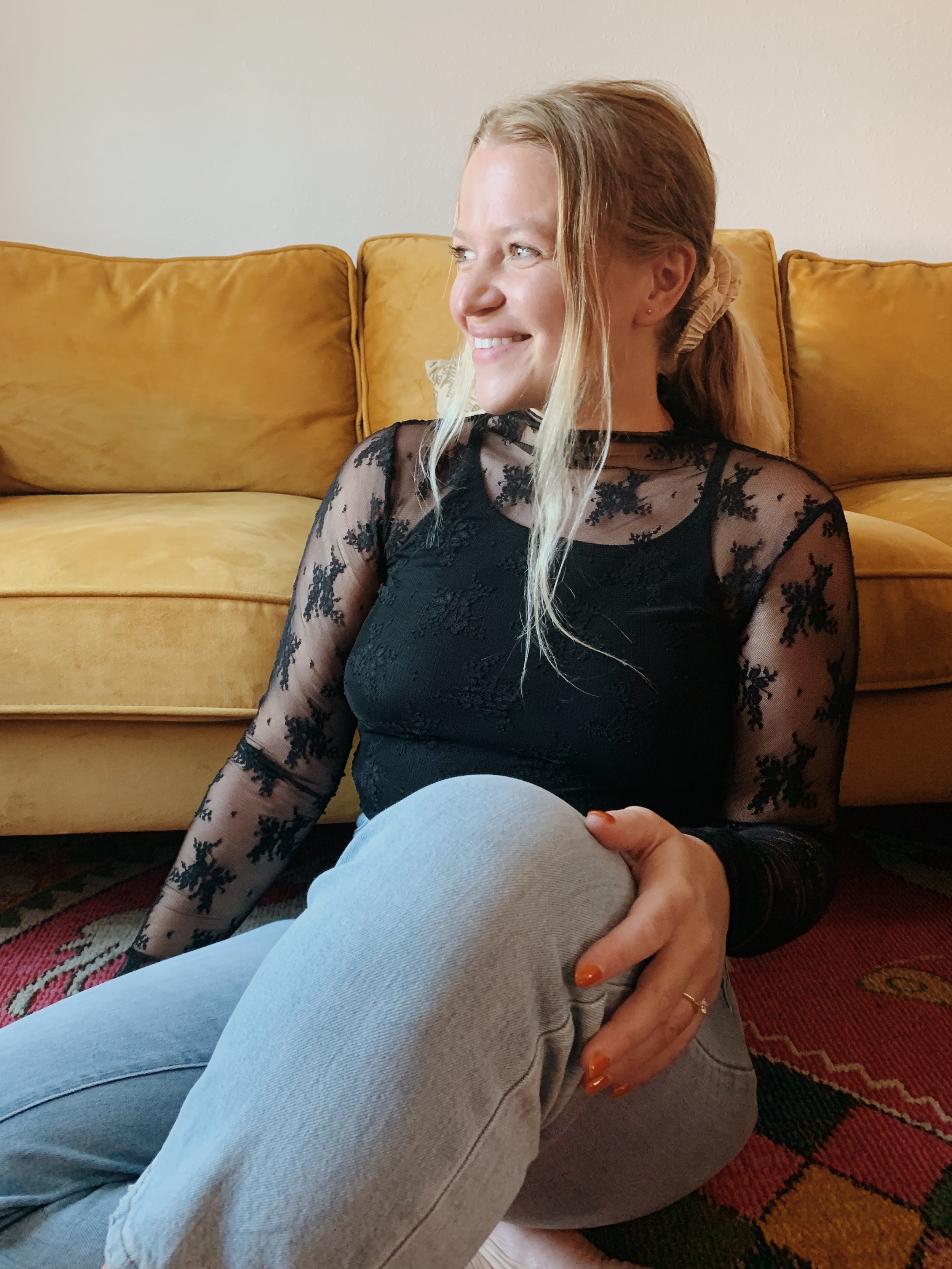Anxiety, Trauma, Attachment & Relationship Therapy in Maryland (Texas coming soon!)
Helping teens and adults move through anxiety and trauma, release perfectionism, and build relationships that feel safe and authentic

Healing & Growth
Whether you’re feeling overwhelmed, stuck, or seeking support, you’ve taken a brave step by exploring therapy. You may not have all the words, and sometimes healing begins with a moment of stillness, or the courage to simply show up. If anxiety, relational/religious trauma, perfectionism, or relational challenges is weighing you down, you’re not alone. Growing up with strict religious rules, experiencing difficult or toxic relationships, or struggling with anxiety, can leave you carrying shame, guilt, fear, or self-doubt that affects how you see yourself and the world around you. These experiences can leave you feeling isolated, exhausted, or like you’re constantly trying to meet impossible standards. You don’t have to face this alone.
Here, therapy is more than just talking; it’s a space to explore, create, and rediscover the parts of you that may feel hidden or hurt. Together, we’ll honor your story and shape new paths forward— with curiosity, compassion, and creativity.
As a trauma informed therapist supporting those in Maryland (and soon to be Texas), I believe that healing happens through a compassionate, whole-body approach that honors your story and the unique strength of our therapeutic relationship. Therapy with me is grounded in curiosity, openness, compassion, and deep respect for your lived experience. I believe that every part of you—yes, even the ones you’re unsure about—deserves to be acknowledged and valued.
Many of the individuals I support are navigating the effects of trauma and anxiety—whether that looks like feeling stuck in patterns, overwhelmed by emotions, or disconnected from themselves and others. These experiences can leave lasting imprints, but they do not define you. Together, we will create a safe and supportive space to process your story, restore a sense of inner safety, and move toward greater freedom, clarity, and connection.I believe that therapy is not about “fixing you”; it’s about discovering and honoring who you are. Thanks for stopping by. I’d be honored to join you on your journey.
Ready to start feeling safer, calmer, and more self-compassionate? Schedule a session today:
Specialties
-

Anxiety
Learning tools to manage and reduce overwhelming thoughts and emotions
Gaining clarity around your needs and boundaries
Building confidence in social, academic, or work-related situations
Releasing the pressure of constant overthinking and fear of judgment
Developing a greater sense of calm and presence in daily life
Building resilience to navigate uncertainty and change
Cultivating self-trust and emotional regulation
Shifting from survival mode to feeling more grounded and empowered
-

Trauma
Healing emotional wounds from past experiences
Reclaiming your voice and sense of personal power
Untangling harmful beliefs from high-control or religious environments
Understanding how trauma has impacted your relationships and self-view
Developing tools to feel safe in your body and environment
Restoring trust—in yourself, in others, and in your inner wisdom
Processing painful memories with care and compassion (including through EMDR)
Creating space for curiosity, agency, and healing
-

Self Esteem & Identity
Building a stronger sense of self-worth and inner confidence
Letting go of perfectionism and embracing imperfection
Learning to set boundaries and honor your own needs
Cultivating self-compassion and reducing inner criticism
Exploring your authentic identity without shame or pressure
Developing a more accepting and supportive relationship with yourself
Healing body image concerns and reconnecting with your body
Reclaiming autonomy and personal values after past trauma
-

Friendships & Connection
Creating and nurturing meaningful, reciprocal friendships
Building confidence in social situations
Developing trust and emotional safety in relationships
Learning to show up authentically with others
Understanding and practicing healthy boundaries
Grieving and making peace with past relationship losses
Identifying the kinds of connections that feel nourishing and safe
Strengthening your voice in relational dynamics
-
EMDR (Eye Movement Desensitization and Reprocessing) is a type of therapy designed to help people process and heal from traumatic or distressing experiences. It uses guided eye movements or other bilateral stimulation to help the brain reframe painful memories, reducing their emotional impact and supporting long-term healing. EMDR can be effective for anxiety, trauma, and other emotional challenges.
-
Art therapy is a form of therapy that uses creative expression—like drawing, painting, or sculpting—to explore thoughts and emotions. It helps people process feelings, reduce stress, and gain insight into themselves in a safe and supportive environment. No artistic experience is needed—what matters is the process, not the final product.
-
No. I provide therapy entirely through secure virtual sessions, and my license allows me to work with anyone anywhere in the state of Maryland and Texas. This means you can access therapy from the comfort of your own home, no matter where you are in the state.
Contact
Healing is for everyone
Healing is for everyone

Healing
&
Growth
Embodied Values
Intentional
Affirming
Collaborative
Inclusive
Just
Authentic
Creative
Compassionate
A personalized, integrative approach to mental health that combines evidence-based therapies, mind-body practices, and ongoing support to foster overall well-being and resilience.

Healing
&
Growth




